Analyzing the Effects of Environmental Change on the Tourism Sector
VerifiedAdded on 2023/06/14
|6
|1571
|50
Essay
AI Summary
This essay examines the significant impact of climate change and biodiversity loss on the tourism sector. It discusses how shifts in climate patterns, such as increased temperatures and altered weather conditions, affect tourist destinations and travel preferences, leading to potential revenue losses for the hospitality industry. The essay also explores the effects of biodiversity loss, including coral bleaching and damage to natural attractions, which can deter tourists. It highlights various mitigating measures, such as reducing energy consumption, changing destination marketing strategies, and promoting sustainable tourism practices. Furthermore, the essay emphasizes the importance of raising awareness, implementing training programs, and defining natural areas to prevent environmental damage and ensure the long-term sustainability of the tourism industry. The conclusion reinforces the need for adaptation and proactive strategies to address the challenges posed by climate change and environmental degradation.
1 out of 6
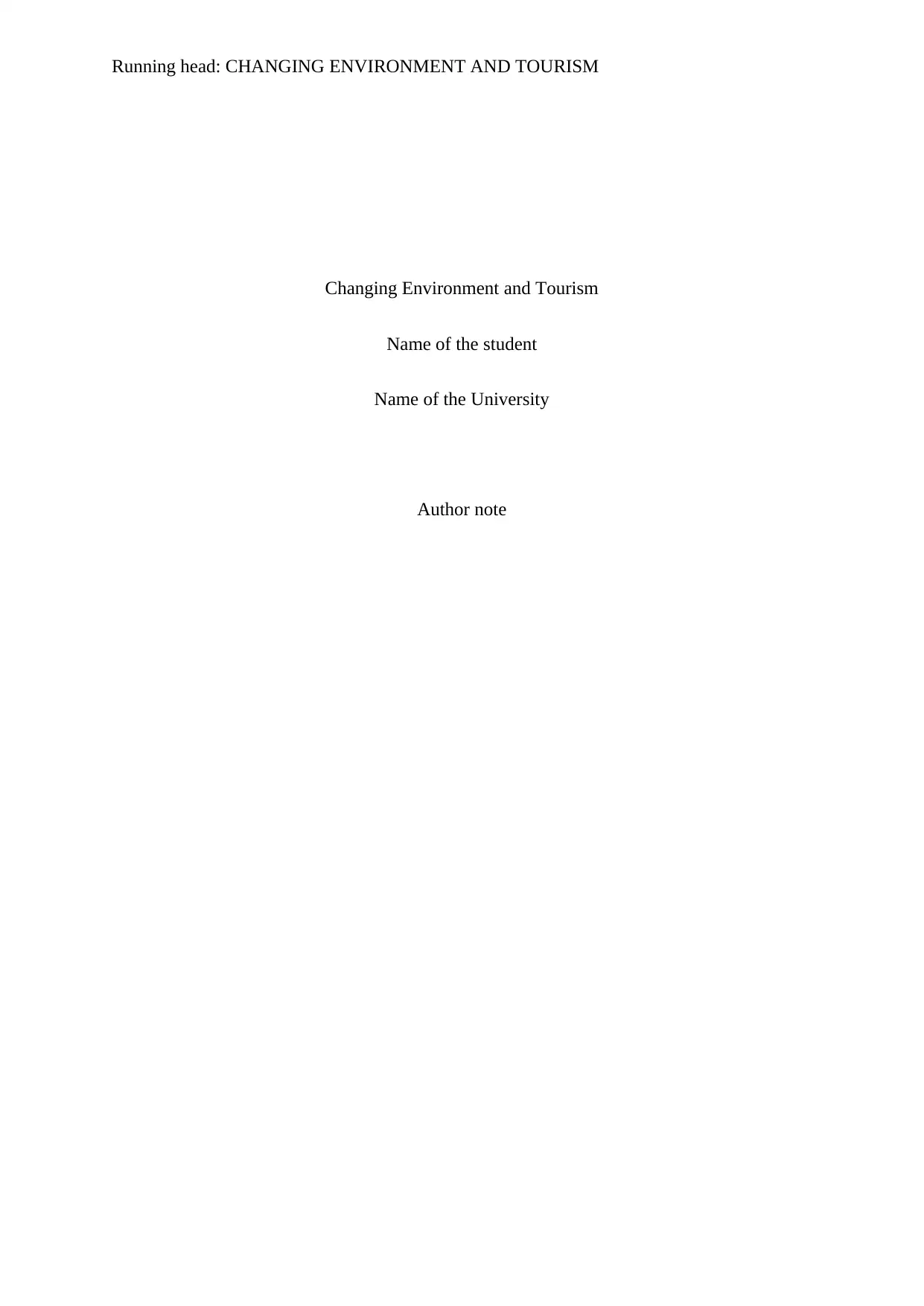
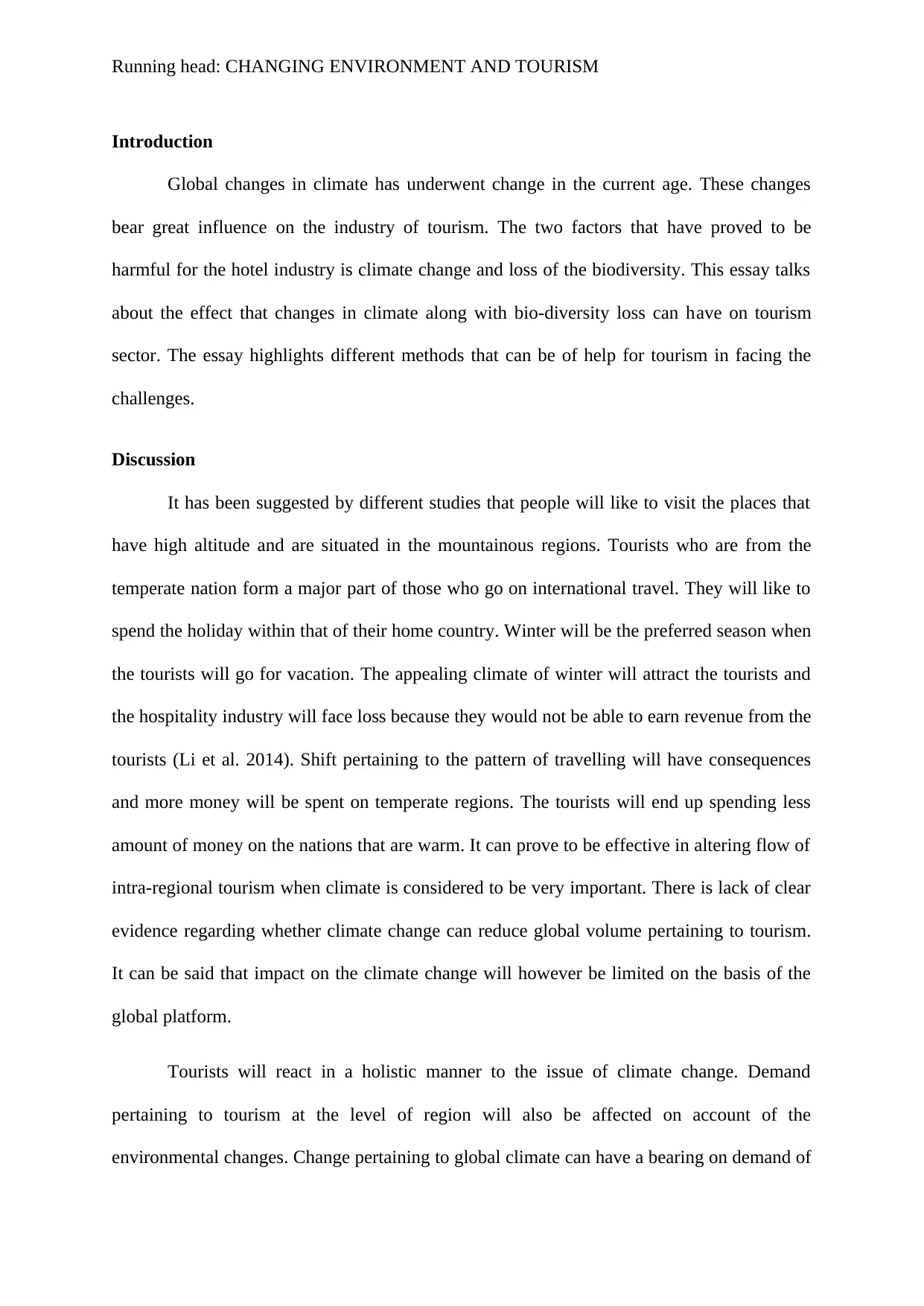
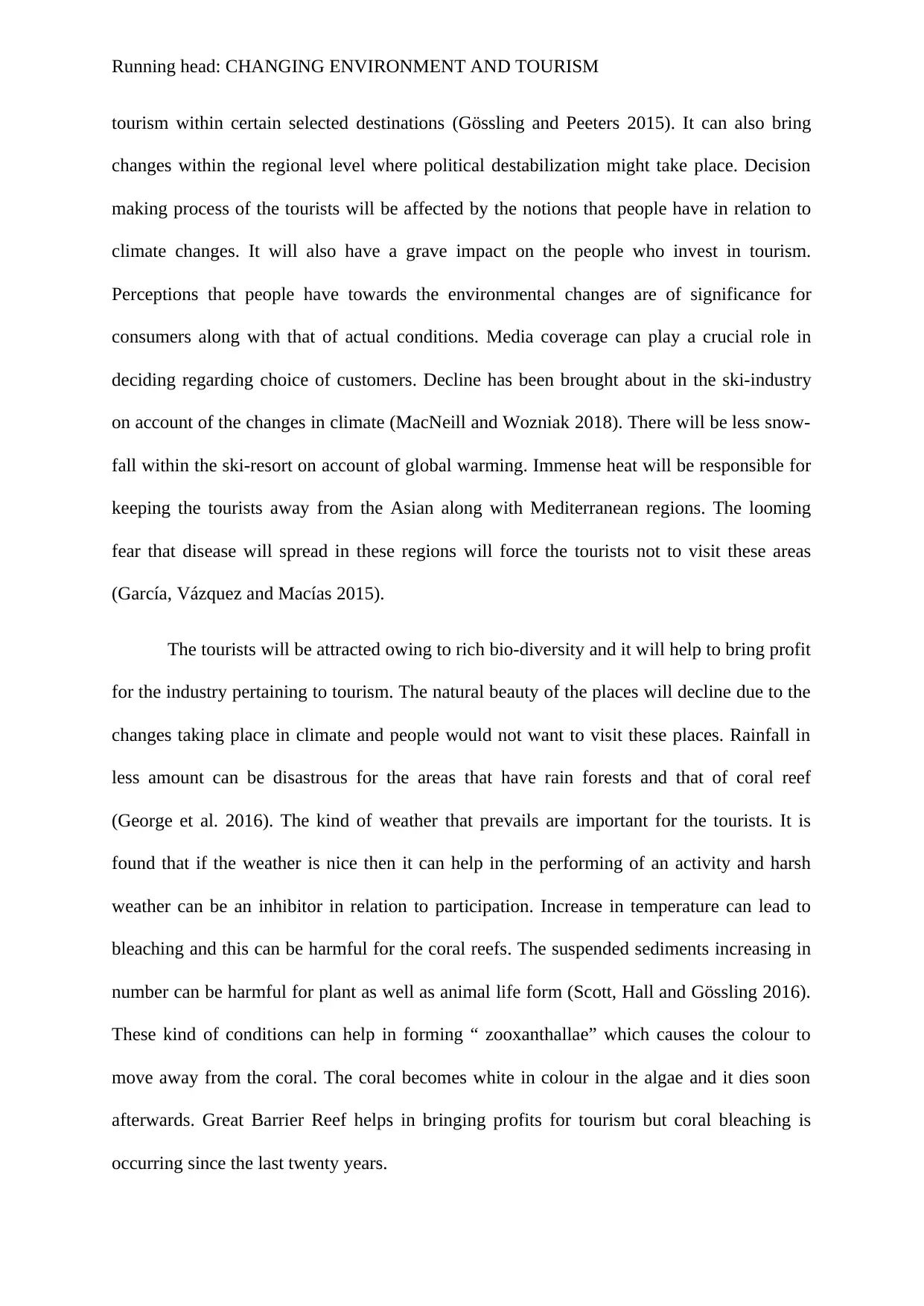
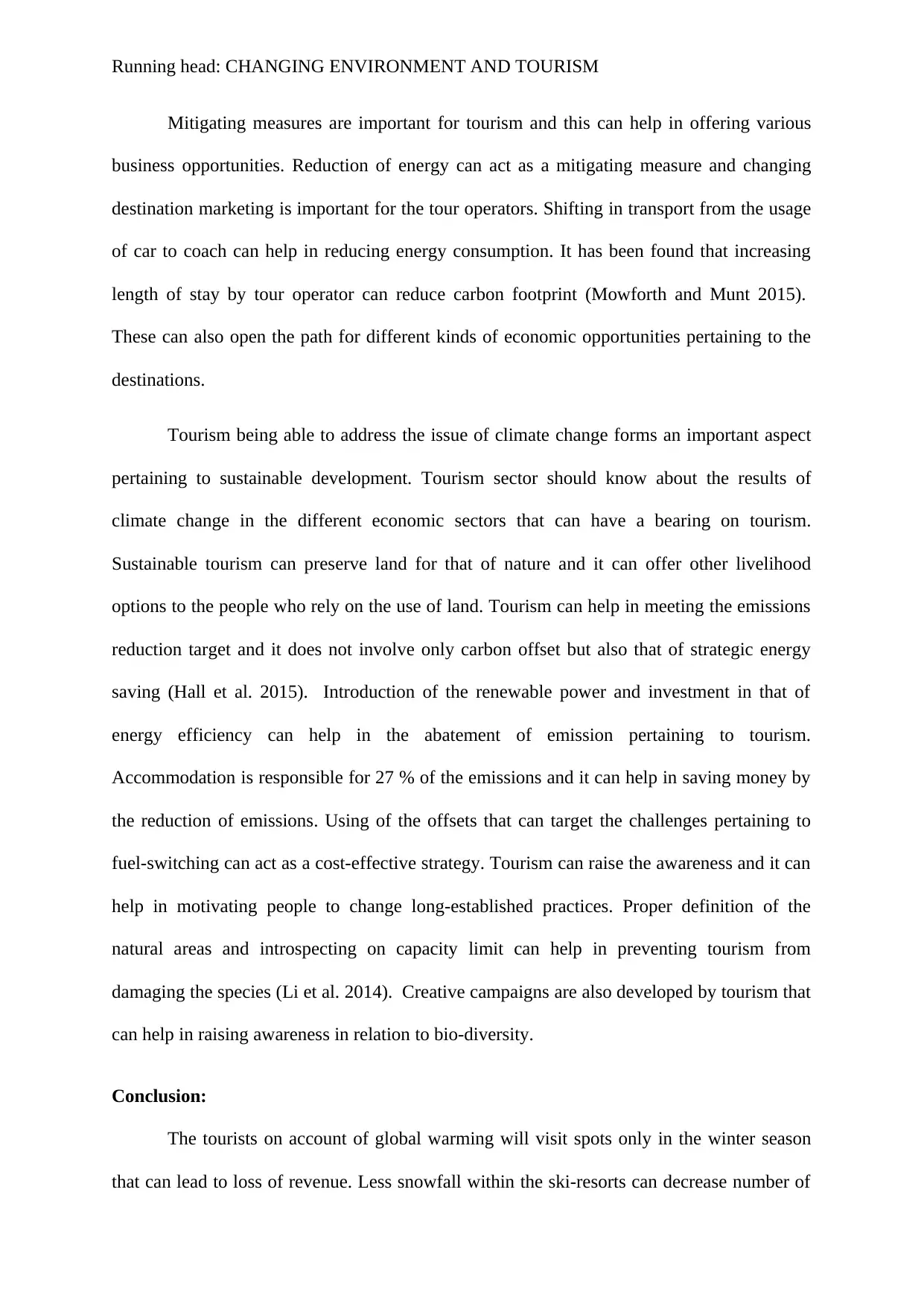
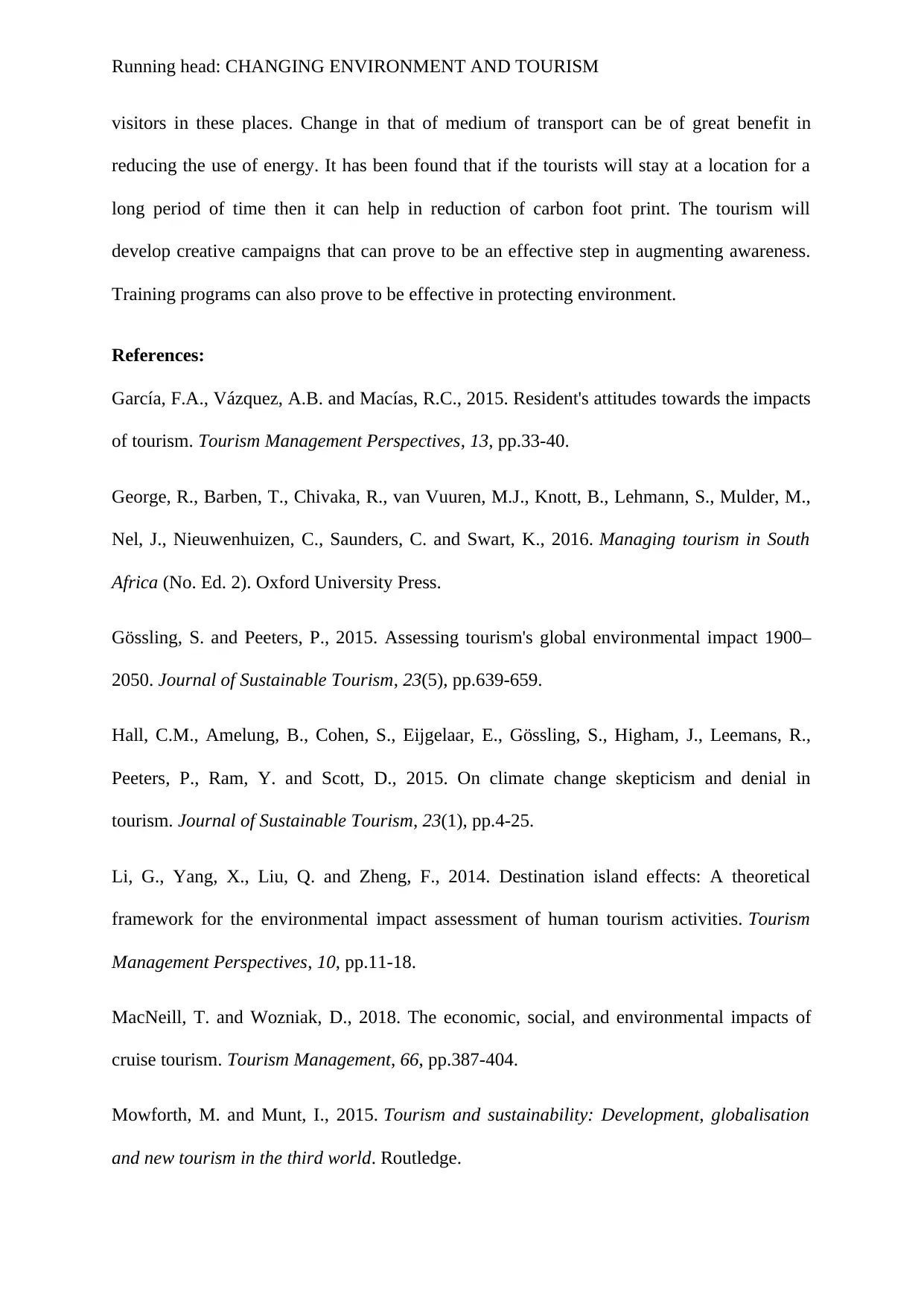






![[object Object]](/_next/static/media/star-bottom.7253800d.svg)